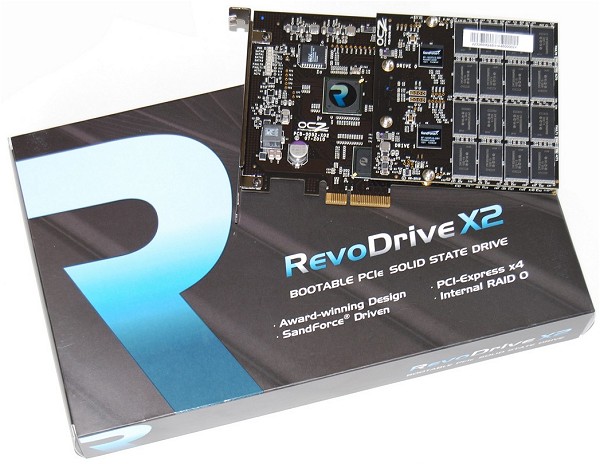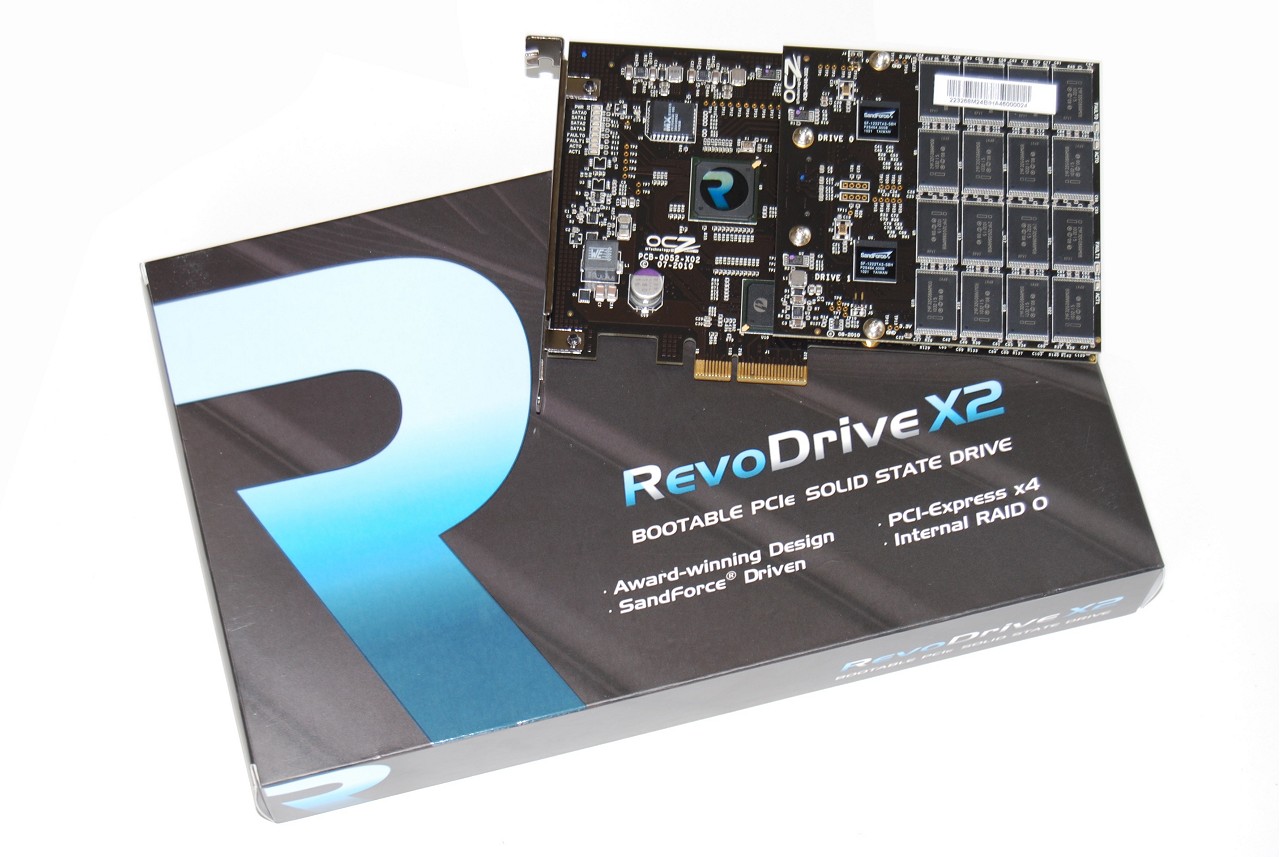The solid-state drive market continues to grow at a rapid pace and competition is starting to heat up once again. While there was once just a few controllers worth picking from, half a dozen viable choices occupy the market now. The introduction of the Marvell 88SS9174 controller used by the Crucial RealSSD C300 stirred things up, while the recently released Samsung S3C29MAX01, used exclusively in the Samsung 470 series SSDs, provides yet another great option for consumers.
Although a lot of attention is being garnered by these new products, the majority of SSDs are still based on the renowned SandForce SF-1200 controller as it provides some of the best performance, and it's not bad in terms of pricing either.

Although there are more SandForce based drives than we care to count, the most notorious would have to be OCZ's Vertex 2. OCZ was quick to jump on the SandForce bandwagon, making the Vertex 2 among the first to ship with this controller. Since then, the company has released many products based on the SF-1200, including the RevoDrive.
First announced back in June, the original RevoDrive carried not one, but two SF-1200 controllers in RAID and boasted up to 80,000 IOPS (Input/Output Operations Per Second). It launched in capacities ranging from 50GB through 480GB. The 50GB model flaunted sustained data transfer speeds of 350 MB/s while sequential read speeds were claimed to be as high as 540MB/s.
As impressive as the first RevoDrive was, the follow up model we are testing today completely blows it out of the water. Less than two months ago, OCZ announced the RevoDrive X2 effectively doubling the number SF-1200 controllers used in RAID and coming in sizes from 100GB through an insane 960GB.

The additional controllers boost sustained write speeds up to 600MB/s with sequential read/write throughputs reaching 740 and 720MB/s. Moreover, the RevoDrive X2 is said to be capable of an incredible 120,000 IOPS.
Unlike traditional solid state drives, the RevoDrive X2 is a PCI-Express SSD. That means it doesn't rely on the SATA interface, making it very different from previous products that we have reviewed, so let's dive in for a closer look...
